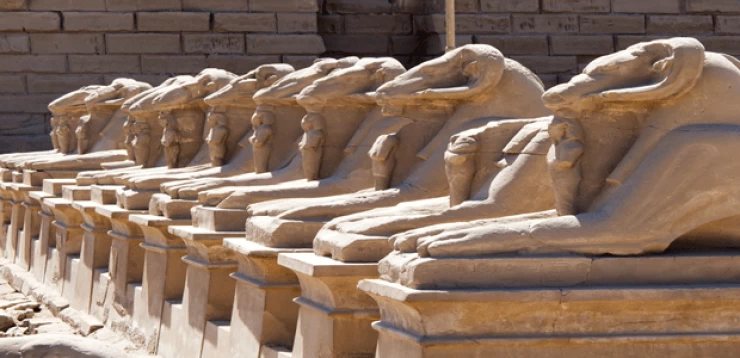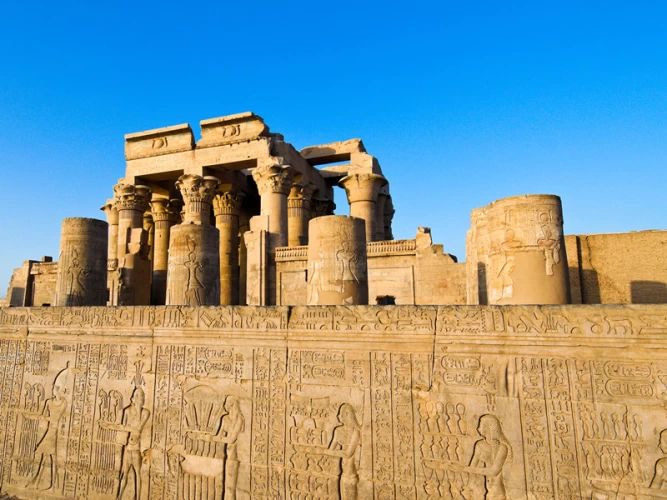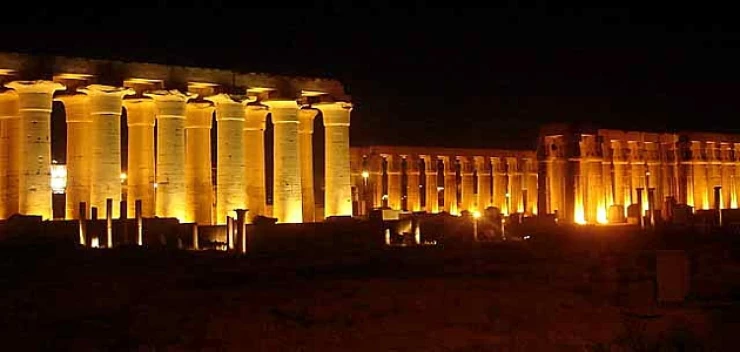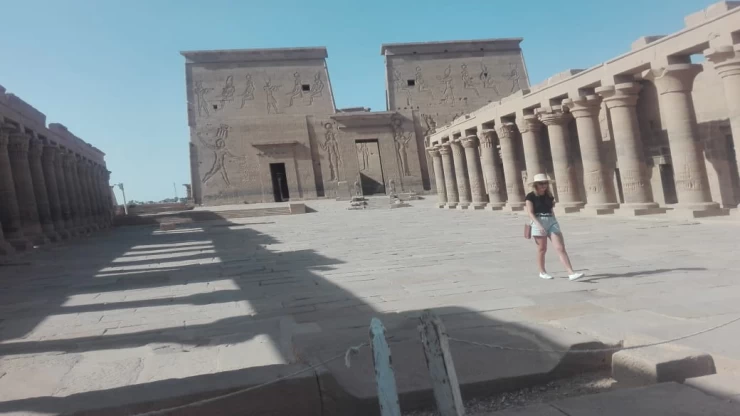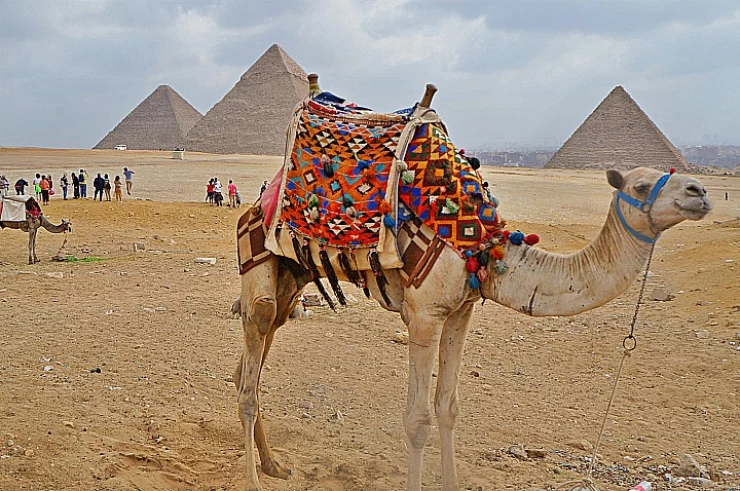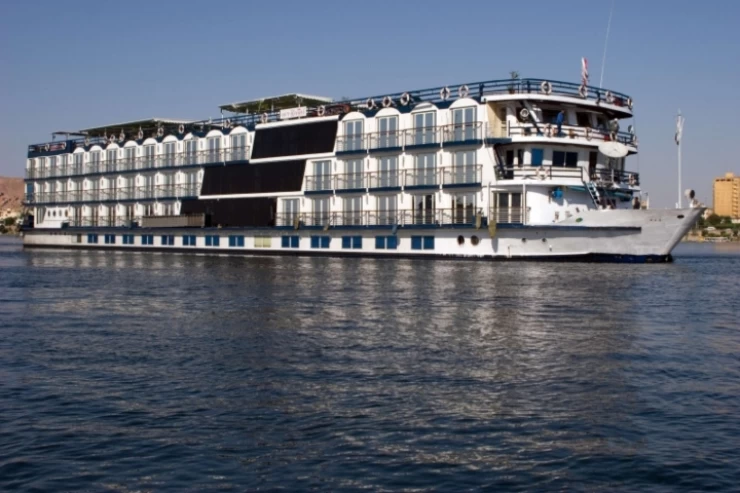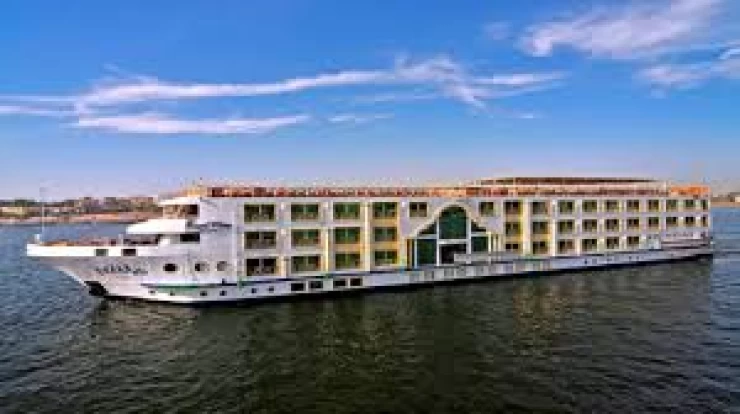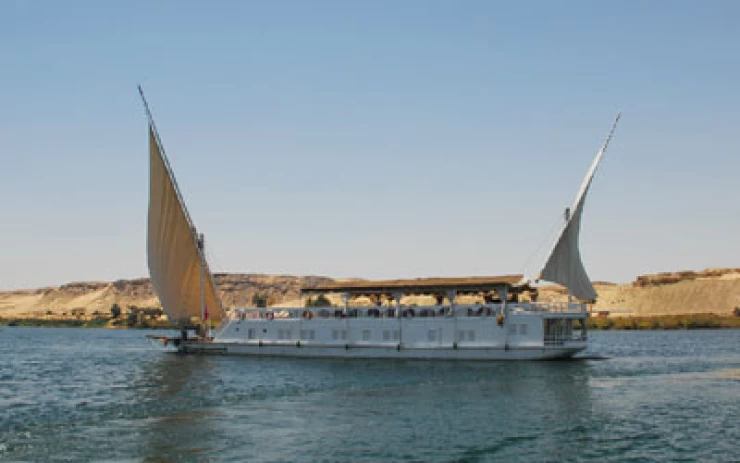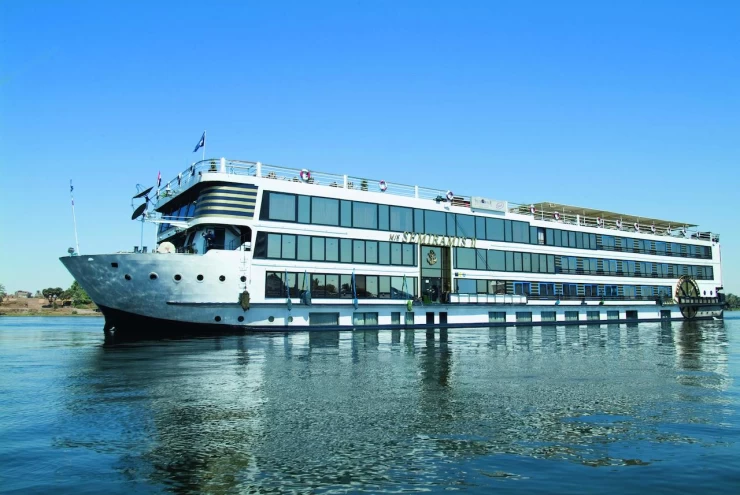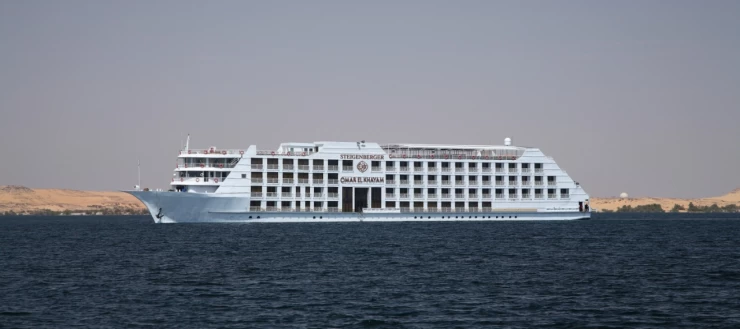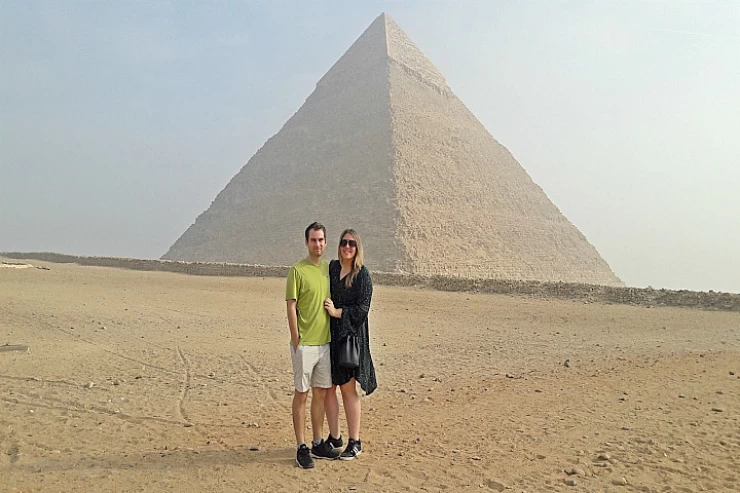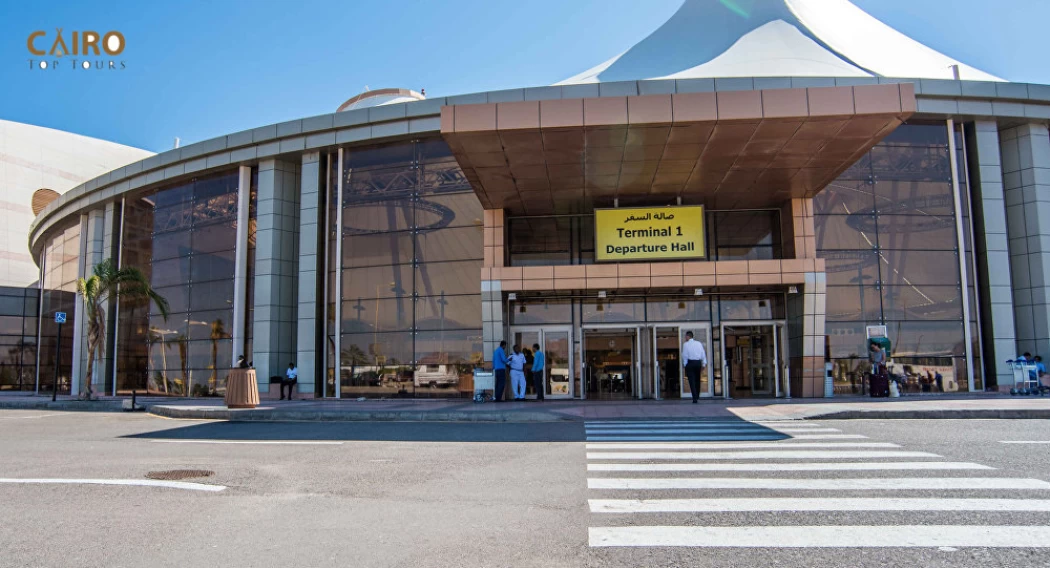
Luxor International Airport
Luxor International Airport
Dubbed the world’s largest outdoor museum, this statement about Luxor seems to fall a little short of this incredible site. More than this, even, is the glory of the temples and edifices that have remained from the ancient Thebes, the great Pharaohs’ city, of which many wonderful eulogies are composed. Sluzor, which translates to ‘the city of palaces’ in Arabic, is located on the banks of the River Nile, some 500 km to the south of Cairo, the capital of Egypt. Without any doubt, no other place on earth is better than Luxor for exploring the tombs and temples of ancient Egypt. Moving among its remains is like plummeting back in time by 3,000 years.
Information About Luxor
The cultural zenith of Thebes is generally considered to have been in the New Kingdom era of ancient Egypt, when the population, the extent of the land occupied, and the wealth of this considerable kingdom enabled the pharaohs of ancient Egypt to undertake and fund colossal architectural schemes, establishing a dynasty. All ancient Egyptians, first and foremost, wanted to be remembered for ages to come. And what other means than erecting colossal structures in their honor did these pharaohs have?
Following the monotheistic trends of the Pharaoh Akhenaten, which were thoroughly defeated, the ancient Egyptians came to believe in even more gods than before. Amun was the patron goddess of the city of Thebes. With the inception of Luxor (Thebes at that time), which became the most dominant city in Egypt, the god Amun ascended and linked with the sun god Ra. Thus came into being the 'head of Osmund' Amun Ra. Amun Ra, the god of the sun, was a principal deity in the Egyptian pantheon. Even with the political downturn of Thebes, it still occupied the spiritual hub status until the Greek times. Among the many temples dedicated to Amun, the one at Karnak is the most well-known. For centuries it has been the largest temple in the ancient Egyptian empire, and centuries after its construction, even when the religion it served was no longer practiced.
Karnak Temple is the largest Egyptian temple.
It is better to include all of Luxor by making it into two categories: those on the East Bank of the Nile and those on the West Bank. This division would have suited the ancient Egyptians as well, since to them the East Bank was the land of the living, where the sun rose and people thrived, and the West Bank was the land of the dead, where the sunset and people journeyed into the afterlife. Luxor and the remains of ancient Thebes are located on the East Bank, along with the temple complexes that were used to observe ancient religious life. The sites on the West Bank are tombs known as the Valley of the Kings and funerary temples, where Ancient Egyptians and their rulers were laid to rest and began their journey into the afterlife.
Luxor International Airport is the central airport assisting the whole. It is located 4 miles east of the city. Several charter airlines utilize the airport; it is a famous tourist stop for those touring the River Nile and the Karnak Temple.
You will use the facilities of Luxor International Airport on the arrival or departures during your Egypt Travel Packages or Egypt Day Tours with our services in Cairo Top Tours, or even while having a Nile Cruise Tour in Egypt:
The airport was promoted to receive up to 8 million travelers a year in 2005. Amenities for passengers comprise 48 check-in desks, 5 baggage claim belts, 8 gates, a post office, a bank, an auto exchange machine (CIB), restaurants, cafeterias, a VIP Lounge, a duty-free shop, a newsagent/tobacconist, a chemist shop, a gift shop, a travel agency, a tourist help desk, car rental, first aid, a baby/parent room, disabled access/facilities, and a business center.
Luxor International Airport comprises the following sections:
Passenger building area: It was built in 2001 with an area of 5000 square meters and a capacity of 4000 passengers/hour.
Travel check-in area: 600 square meters; international travel hall area: approx. 900 square meters.
Internal travel hall area: approx. 2000 square meters
International arrivals hall area: approx. 1200 square meters.
Internal access hall area: approx. 600 square meters
Cargo facilities include refrigerated storage, animal quarantine, livestock handling, health officials, X-ray equipment, and fumigation equipment. The cargo terminal handling agent for the airport is Egypt Air Cargo.
You can go to a special place called the Temple of Khnum or the Temple of Esna to learn more about ancient Egypt. When you visit these temples, you can feel and see how amazing the ancient Egyptians were.
Latest Articles
Admin
Seabourn Sojourn Cruise Stops in Safaga Port
The Seabourn Sojourn, the flagship vessel of Seabourn Cruise Line's ultra-luxury fleet, was built in 2008 at the T. Mariotti shipyard in Genoa, Italy. Measuring 198 metres, it can accommodate up to 450 guests in its 225 spacious all-suite staterooms.
Admin
Norwegian Sky Cruise Stops in Safaga Port
Norwegian Cruise Line operates a cruise ship called the Norwegian Sky. It was constructed in 1999 and can accommodate 2,004 passengers in addition to 878 crew members. The ship has several dining establishments, lounges and bars, a spa and fitness center, swimming pools, and a number of entertainment areas.
Admin
Explora II Cruise Stops in Safaga Port
Explora II, the second vessel in the Explora Journeys fleet, sets sail in 2024 to redefine luxury cruising. With 461 ocean-front suites, 9 culinary experiences, and 4 pools, this haven of sophistication and sustainability promises an unforgettable "Ocean State of Mind" journey to inspiring destinations.
Admin
Mein Schiff 6 Cruise Stops in Safaga Port
The Mein Schiff 6 is the latest cruise ship in the renowned TUI Cruises fleet, offering passengers a luxurious and sophisticated cruise experience. At 315 metres long, this floating resort features a range of dining options, entertainment, and recreational facilities, including a spa, fitness centre, and sports amenities.
Admin
Mein Schiff 4 Cruise Stops in Safaga Port
When the Mein Schiff 4 cruise ship docks in Safaga, Egypt, passengers are granted access to a realm of ancient wonders. Aboard this state-of-the-art vessel, guests can embark on meticulously curated shore excursions that showcase the region's most iconic landmarks, including the Giza Pyramids, the enigmatic Sphinx, and the remarkable tombs and temples of the Valley of the Kings in Luxor.
Admin
MS Europa Cruise Stops in Safaga Port
The Silver Moon, Silversea's latest flagship, is a luxury cruise ship that offers an exceptional travel experience for Venezuelans exploring Egypt. With a capacity of 596 guests and an impressive 40,700 gross tonnes, the Silver Moon maintains the small-ship intimacy and spacious all-suite accommodations that are the hallmarks of the Silversea brand.






